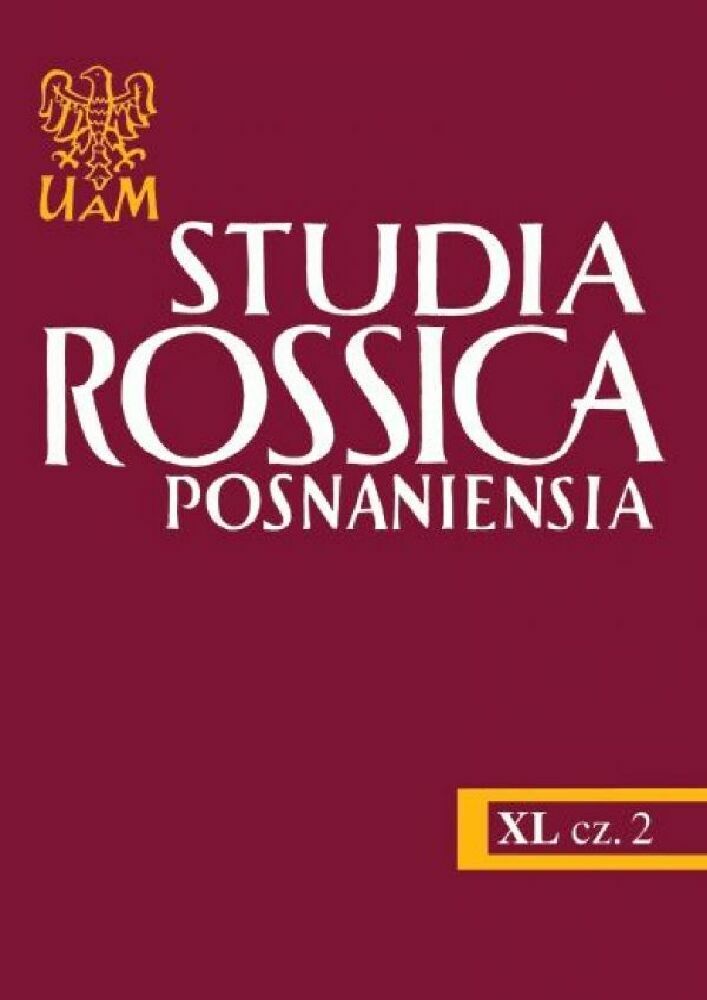Abstract
This article attempts to describe the semantic structure of the adjective biały in the Polish language and the adjective белый in the Russian language. Following R. Tokarski’s theory, according to which the semantics of the white color can be interpreted in two ways, the author puts forward a hypothesis that there is a third way to interpret the semantics of this adjective, i.e. the so-called transparent interpretation of white. The analysis uses lexicographic data that were obtained from contemporary dictionaries of both languages.
Lizenz
Copyright
© 2015 Uniwersytet im. Adama Mickiewicza w Poznaniu
OPEN ACCESS
